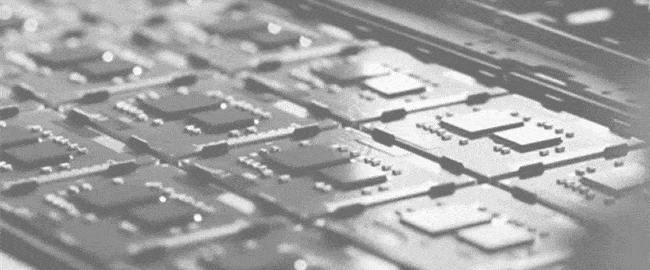
Is the future of tech a device that lives in a server farm somewhere? Or is it something that can be repaired or replaced whenever you need it?
That’s the real discussion to be had around two recent hot tech trends that seem to be catching people’s eyes—the virtualized Windows 365 and the repair-oriented Framework Laptop.
Let’s start with the physical hardware first. For the most part, the reviews have been fairly strong for a new product that promises to do something that few modern portable machines have been able to do—get torn apart.
Now, if you look hard enough, there are examples of super-upgradeable laptops out there—perhaps the most famous from a tech enthusiast standpoint is the Lenovo ThinkPad T440p, which can be upgraded in all of the same ways that the Framework can—storage, RAM, wireless—along with a few that aren’t yet possible, most notably the CPU and the display. (In the case of the Framework, the display is technically possible—it can be easily removed, as many demos have shown. But the T440p is from the last era of laptops with removable CPUs, so that ship has sailed. Framework will reportedly try to make its mainboards upgradeable, but that may be easier said than done.)
Linus Tech Tips did a fairly convincing review of the device, leading its site to crash, though there remain a couple of major hurdles for the most serious of tech enthusiasts, including the lack of high-end non-integrated graphics and Thunderbolt ports. But the real magic of this device will show itself in a few years, when upgrades will start to appear, taking the device into myriad directions that will give it premium usability.
All of that is contingent on whether the company succeeds. I hope it does and think it has a genuine shot.
But on the other side of the coin entirely is Windows 365, which is Microsoft’s attempt to bring cloud-based computing to the enterprise … and possibly, later, to consumers.
Now, this is not really an unheard-of concept—technically you can do this with AWS, and there is a primarily Linux-based competitor out there named Shells that does something quite similar. (Though warning for nerds—it has an association with the recent drama around the IRC network Freenode.)
But the fact that Microsoft is putting a first-party solution on this is promising because of what it might represent to lots of computer users with not-so-new machines. The dream is basically a low-end version of Stadia: Rather than upgrading your hardware, you instead purchase time from Microsoft, which then rents you out a whole desktop, which you use instead of your presumably less-capable computer. It’s only being sold to business and enterprise customers now in part because there are presumed security benefits to running Windows machines in a virtual machine environment.
But if there’s demand, that could soon change—and it’s not that far-fetched that it could play to consumers under the Microsoft umbrella. It’s the kind of thing that really would have come in handy at the start of the pandemic, when folks were trying to make Chromebooks and 15-year-old laptops work for kids trying to learn remotely.
(One has to wonder if this is why Microsoft spent all this time building out Azure.)
In both the case of the Framework and Windows 365, in a best-case scenario, your computer lasts significantly longer than it currently does because there’s a path forward. The challenge becomes how one gets there. In the case of the Framework, you buy improved parts based on your needs, much as you would with an enthusiast desktop computer; but with Windows 365, you pay Microsoft a monthly fee for the right to continually keep the hardware up to date in an abstracted form.
Both of these visions are exciting in their own ways. The real problem is which one stands the best chance of working with a larger cohort of consumers. My guess is Microsoft’s direction … but something tells me it should be Framework’s.
One can hope at least.
Time limit given ⏲: 30 minutes
Time left on clock ⏲: 2 minutes, 27 seconds



